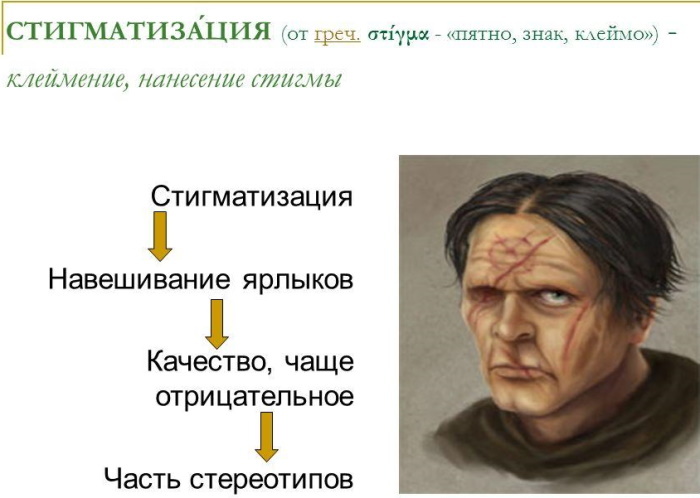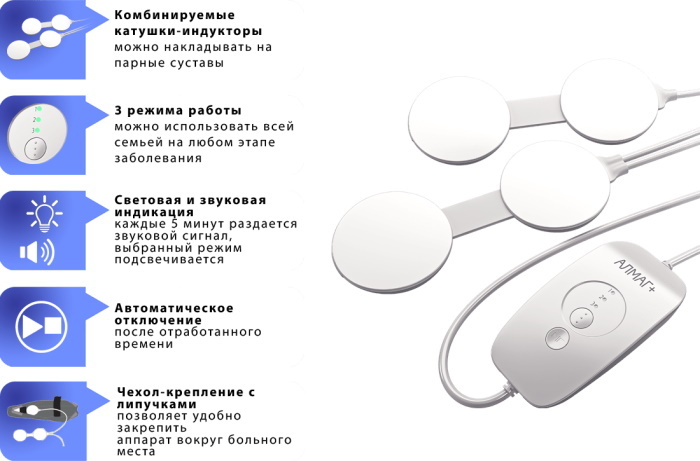There are so-called "cold season", it is spring and autumn - a time when the immune system is at zero, and the weakening of the body becomes more susceptible to viruses and bacteria.
ARI (acute respiratory infection) - a rather large group of viral diseases, which have almost the same type of features as well as a similar picture of the disease. These respiratory viral infection can be triggered by viruses, while inadequate treatment of bacterial flora joins.

What it is?
Acute respiratory viral infections (ARVI) - a group of clinically and morphologically similar acute inflammatory respiratory diseases, agents which are pneumotropic viruses.
SARS - the most common group of diseases in the world, uniting respiratory syncytial infection, rhinovirus and adenovirus infections and other upper respiratory catarrh ways. In the development of viral disease may be complicated by a bacterial infection.
How is SARS?
Symptoms of SARS occur in humans exposed to the influenza virus (types A, B and C), adenovirus, parainfluenza virus, RSV, rhinovirus and rheology. The source of infection is a previously ill person. Basically, transmission occurs by droplets, more rarely - contact-household. Most often a gateway for infection is the upper respiratory tract, sometimes the virus enters the body through the digestive tract and the conjunctiva of the eye.
The virus lives and replicates in the human nasal cavity of the patient. They are released into the environment with the nasal secretions of the sick. Also, viruses released into the air when an infected person coughs and sneezes. Once in the environment, the viruses remain on different surfaces, on the body of the patient, as well as personal care products. Therefore, healthy people infected with both during inhalation of air, and in the application of objects with a large number of viruses.
The highest level of infectiousness is celebrated in the first week of illness. It is important to note that this disease is characterized by seasonality: ARI symptoms generally appear during the cold season. The fact that hypothermia is one of the factors contributing to the development of ARI. Most often the disease affects people who have indicated a decreased general immunity. They are children and the elderly, and patients with a diagnosis of immunodeficiency.
Epidemiology
SARS are found everywhere and are the most common infectious disease, so it is impossible to fully take into account the incidence. Children of the first months of life is practically not get sick (due to relative isolation and passive immunity obtained transplatsentarno). The highest rates among children in the first years of life is associated with a visit to their children's institutions (the incidence of SARS 10 times / year may be as high in the first year). lower incidence in older age groups due to the acquisition of specific immunity after the disease.
On average throughout the year every adult carries SARS at least 2-3 times. Specific gravity of specific diseases in general depends on the structure of SARS epidemic conditions and ages of patients. There are cases when the clinical manifestations of the disease are minimal, and the symptoms of infectious toxicosis no - these patients suffer SARS "on your feet", as a source of infection for children and pensioners. Currently reliably established the viral nature of almost all the so-called colds.

symptoms of SARS
SARS usually occur phasically, the incubation period from infection to the manifestation of symptoms varied, ranging from a few hours to 3-7 days. During all the clinical manifestations of acute respiratory viral infections have similar symptoms to varying degrees of severity:
- nasal congestion, runny nose, nasal discharge from scarce to abundant and watery, sneezing, and itchy nose,
- sore throat, discomfort, pain when swallowing, redness in the throat,
- cough (dry or wet),
- moderate fever (37.5-38 degrees) to severe (38.5-40 degrees)
- malaise, refusal to eat, headaches, drowsiness,
- eye redness, burning, tearing,
- indigestion with loose stools,
- rarely lymph node reaction in the jaw and neck, in the form of an increase with a weak painful.
The manifestations of acute respiratory viral infections are dependent on the specific form of the virus, and can range from a slight runny nose and coughing to severe febrile and toxic manifestations. On average, symptoms last from 2-3 up to seven days or more, febrile period lasts up to 2-3 days.
The main symptom of SARS is the high infectiousness to others, the timing of which depends on the type of virus. On average, an infectious patient is the last days of the incubation period and the first 2-3 days of clinical manifestations, gradually reduced the number of viruses and the patient becomes dangerous in the proliferation infection.
How to treat ARI?
You can not shorten the duration of acute respiratory viral infection, but you can try to alleviate some of the symptoms at home.
Here's what you need for the treatment of:
- frequent airing of the premises and maintaining optimal humidity, especially during the heating season;
- strict bed rest (if possible) or at least limiting motor activity baby, for example, to interest the child a board game or read a book to him;
- inhalations of boiled potatoes, with soda or eucalyptus;
- not to force the child to eat, but often offer him a warm drink; food should be light and nutritious, and drinking - abundant;
- warming mustard plasters rib cage (do not put children under one year);
- rubbing the chest balms and ointments containing the essential oils of herbs and warming components (e.g., Dr. Mohm);
- at a cold to dig in his nose child children combined droplet having not only a vasoconstrictor, but also anti-inflammatory, disinfecting;
- washing the nose with salt water or special solutions to seawater: akvamaris, Sahlin, but salt;
- in the disorder of the gastrointestinal tract (vomiting, diarrhea), you need to take Regidron or Smecta for the restoration of water-salt balance;
- at temperatures give antipyretic drugs in the form of syrups or suppositories (Efferalgan, Paracetamol);
- give vitamins as strengthening therapy, offering lemon honey in pure form;
- help with shortness of breath drugs, bronchodilators, expand the bronchi - ephedrine, aminophylline;
- antihistamines (e.g., Claritin, Fenistil) reduce edema relieve nasal congestion;
- to strengthen the immune system: immune stimulants prescribed by a doctor;
- help effectively antiviral agents, e.g., Amizon or Anaferon;
- gargling infusions of herbs: chamomile, sage, as well as drug Furatsilinom;
- mucolytics and expectorants drugs that make mucus less viscous and facilitate its removal.
For the treatment of young children are best used drugs in the form of syrups, suppositories. Tablets prescribed to older children. Parents should be aware that SARS is not treated with antibiotics. In this case they are powerless and help only when complications have already arisen.
food rules
Products should be high-calorie, but easily digestible. It should be included in a diet soups, poultry, vegetables, fruit. Sweets help protect the brain from damage by toxins. The patient should not give a very cold and very hot dishes, as well as pickled foods, spicy seasonings and sauces. During the period of illness the body needs calcium, there are many dairy products.
For optimum flow of oxidizing processes in the treatment of viral infections the body needs food, containing phosphorus (cheese, cottage cheese, fish) and magnesium (pumpkin seeds, sunflower seeds, flax, sesame, pine and walnuts).
For the early recovery of the affected airway epithelium in the diet should include foods rich in vitamin A (carrots, cabbage, liver, kidney, fish oils, butter, milk).
So that when the prescribing physician treating SARS bacterial complications of antibiotics or sulfa drugs not so strongly inhibited intestinal microflora necessary delivery of foods rich in B vitamins (meat, fish). Also, vitamin B3 (niacin) dilates blood vessels and reduces bronchospasm.
As healing to stimulate regenerative processes in the diet include more protein (meat, milk, chicken, rabbit).

Prevention of SARS
SARS are highly contagious, so the question of prevention - a hot topic. The prevention of the disease are of great importance in common action plan.
- You should avoid visiting crowded places with poor air circulation.
- In the midst of a flu epidemic in schools lengthen vacation cancel mass celebrations.
- Wet cleaning with disinfectants, regular airing, the impact UV exposure disastrous effect on viruses, and therefore prevent the development of diseases.
Use of prophylactic doses of immunomodulating drugs (Engystol, aflubin) enhances the protective properties of the organism.
Specific prevention of SARS is administered leukocyte alpha interferon in epidemic outbreaks. If the predicted epidemic of influenza, no harm will be the introduction of vaccine. Only enter it should in any case not later than a few weeks before the expected epidemic.



